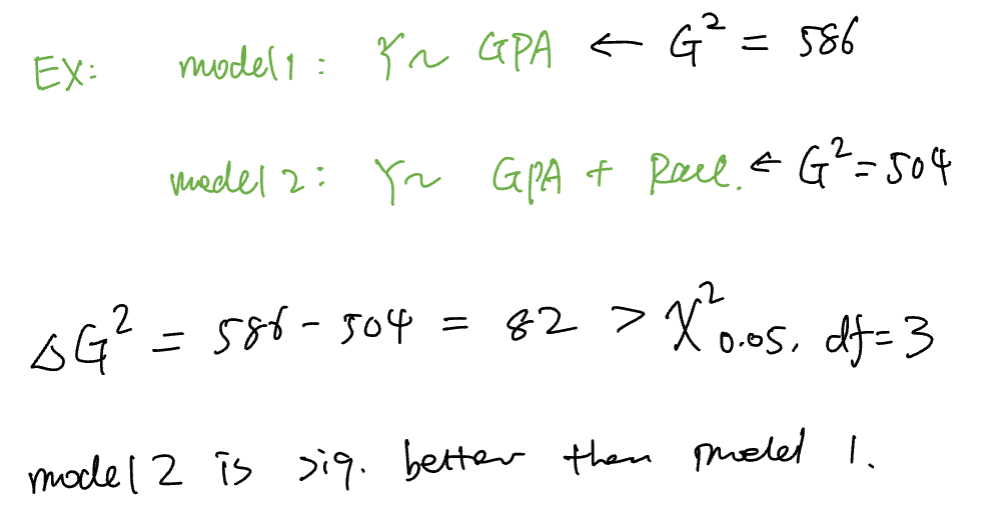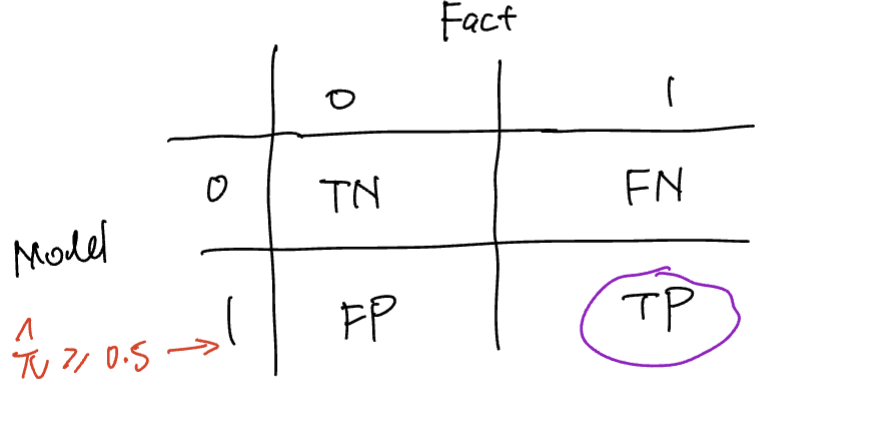Logistic Regression
model setup
-> ( = probability of the linear model True model of logistic regression: -
- π is the probability that an observation is in a specified category of the binary Y variable, generally called the “success probability.”
- The denominator of the model is (1 + numerator), so the answer will always be less than 1
- The numerator
must be positive, because it is a power of a positive value .
- π is the probability that an observation is in a specified category of the binary Y variable, generally called the “success probability.”
Model Estimation:
==recall: OLSE in MLR, find
-
= observe -
-> estimate -
(look class notes 10.03)
Problems with binary
- error
is also binary not normally distributed any more: - variance not constant ->OLS not optimal anymore
(from bernuli distribution)
- Constraints on response variable:
, - where linear function don’t keep this constraint
Model Estimation:
Given :
Coefficient Interpretation
Given:
Odds of success:
=>
- For numerical predictor:
- odds ratio of
- meeasure the changes in odds of success when
- e.g:
- odds ratio of
= 1.0097
when age increases by 1, the odds of obese increases by 0.97%.
case:
if
if
if
- see (class notes 10.05)
- For categorical Predictors: Given:
- when obs
- odds of success (
- odds of success reference = when we choose
example: (see class notes 10.05 page 10)
- Tests in logistic Regression:
- Wald test for individual coefficient
- basically a t test in MLR
- Deviane mel liklihood ratio test
- alternative method for F test in MLR
- Wald test for individual coefficient
Wald test for individual coefficient
Test stats:
rejection rule:
Deviance likelihood Ratio Test:
F test compute the reduction in SSE
(
rejection rule:
 df =1
df =1
Model Diagnosis
- Multicolinearity
- stay the same for logistic regression(same as MLR)
- Influential points
- Not going to work:
- MOdel Assumptions:
- Heteroscedasticity
- Nomality
- MOdel Assumptions:
Influential Points Detection
- Pearson Residuals 2:
rule:
- Deviance Residual
if
if
Rule :
Confusion matrix:

more Souce : https://online.stat.psu.edu/stat462/node/207/